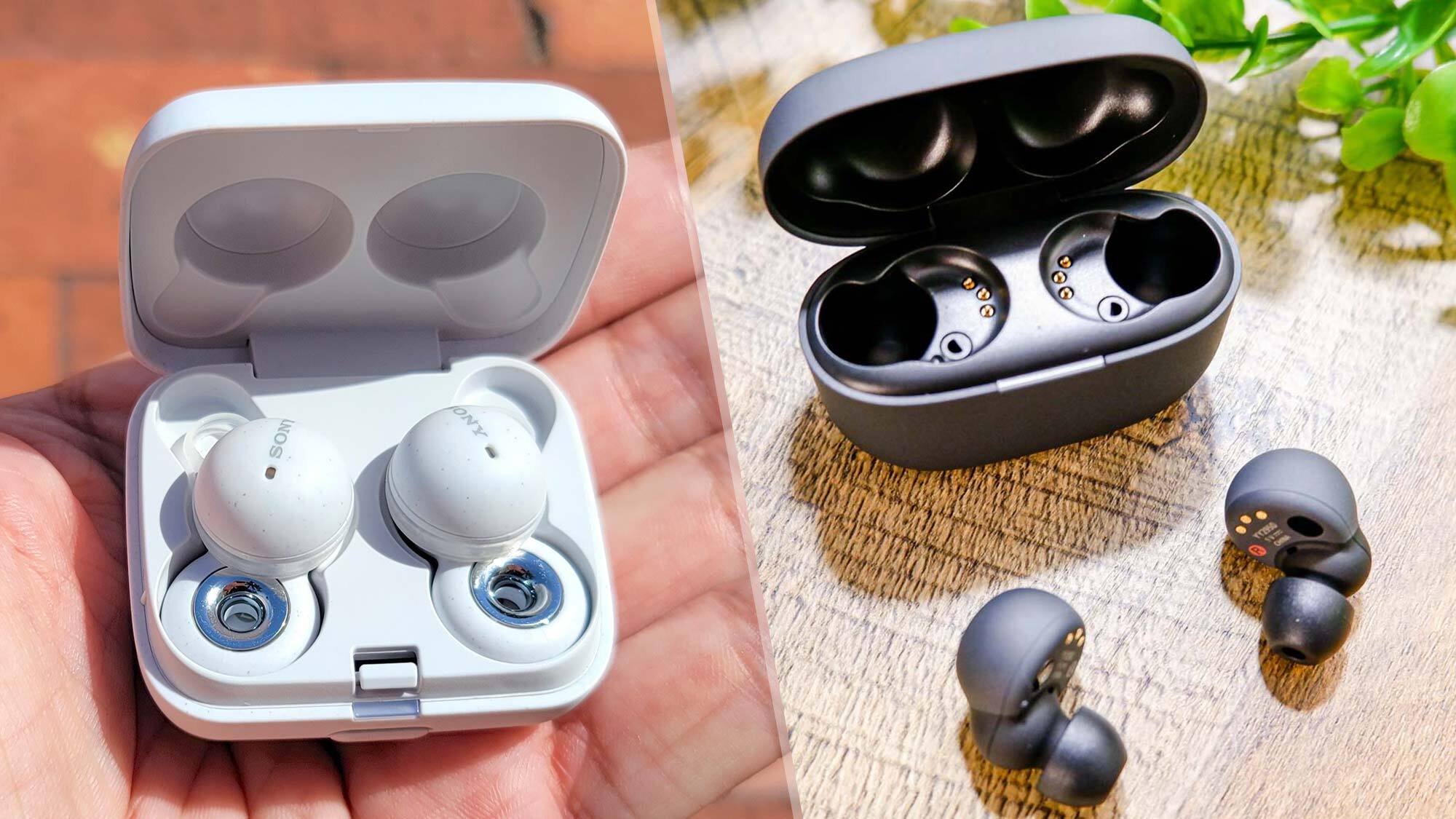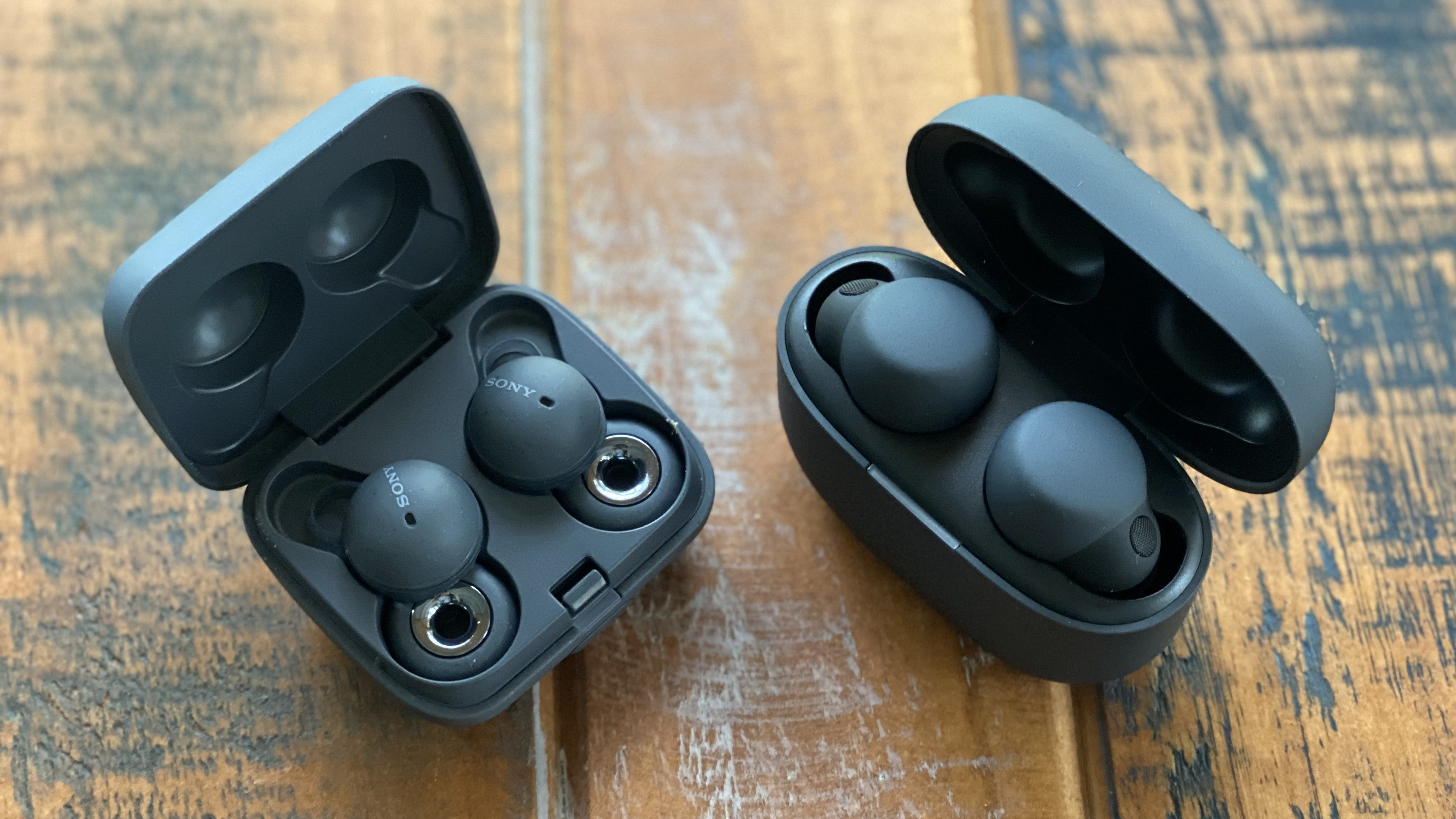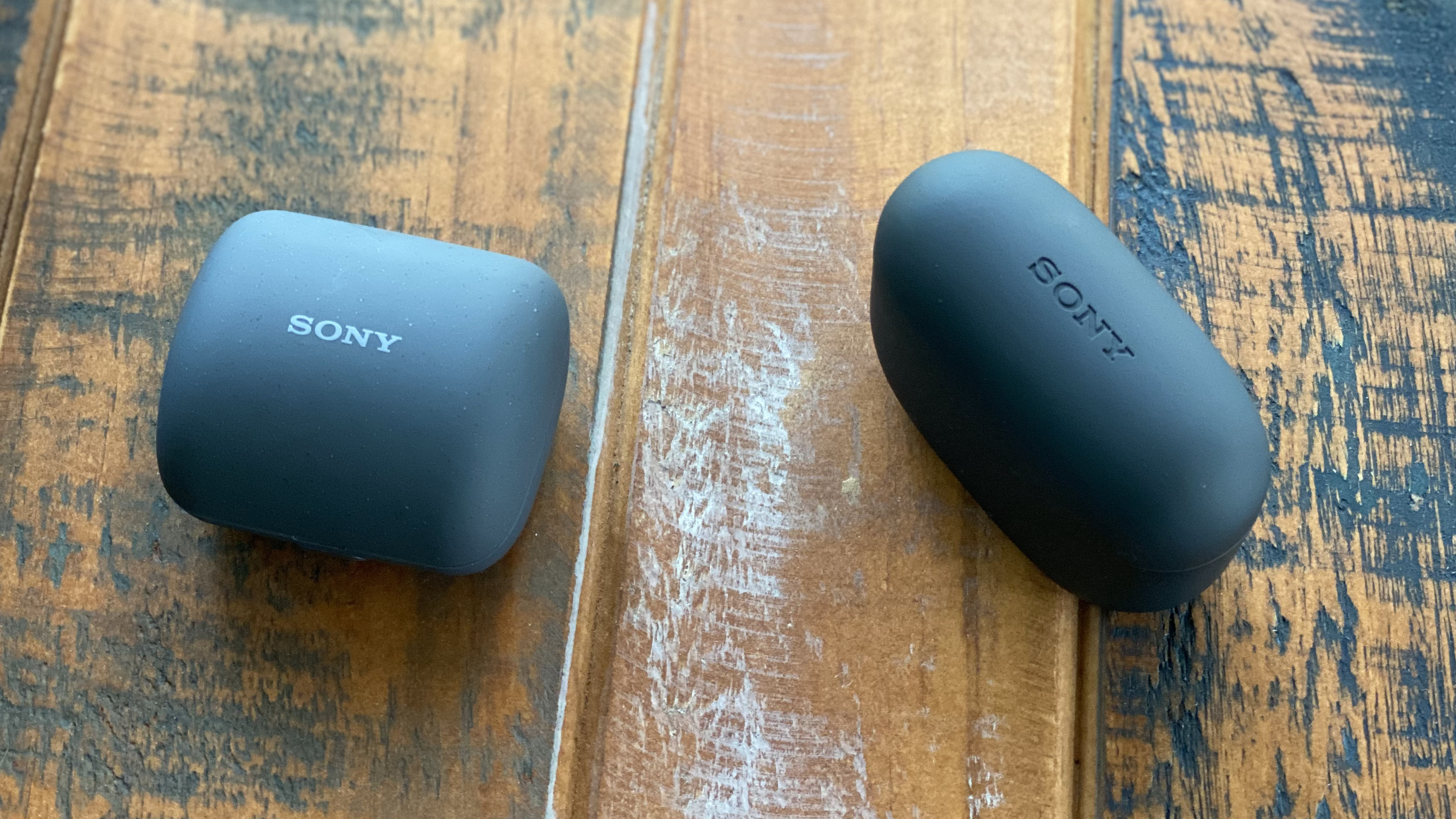Sony LinkBuds vs. Sony LinkBuds S — which one is right for you?

Although they’re part of the same family, the Sony LinkBuds and the LinkBuds S offer totally different audio experiences — the LinkBuds have a hole cut in their center that allows ambient noise to freely pass through to your ear while the LinkBuds S offer active noise cancellation on top of an ambient aware mode.
In short, one lets outside sound in while the other allows you to choose whether you want to hear the outside noise or would rather have some peace and quiet.
Besides the big obvious difference in design, there are a number of smaller changes between the two earbuds that could make them better or worse for you depending on which smartphone you have, how much battery life you need and how much you’ll use the Sony Headphones app.
Can’t decide between them? Here are the main differences between the Sony LinkBuds and the Sony LinkBuds S.
| Header Cell - Column 0 | Sony LinkBuds | Sony LinkBuds S |
|---|---|---|
| Price | $179 / AU$319 | $199 / AU$349 |
| Release date | February 2022 | May 2022 |
| Colors | Black, White | Black, Ecru |
| Weight | 0.14 ounces (per bud) | 0.17 ounces (per bud) |
| Battery life (rated with ANC) | 5.5 hours (buds); 17.5 hours (with charging case) | 6 hours (ANC); 20 hours (with charging case and ANC) |
| Charging | USB-C | USB-C |
| Special features | DSEE Extreme, Sony 360 Reality Audio, Amazon Alexa, Google Assistant | ANC, DSEE Extreme, LDAC codec, spatial audio, audio sharing, Siri |
Sony LinkBuds vs. LinkBuds S: Price and availability
While there’s not a significant difference in price between the Sony LinkBuds and the LinkBuds S, there is a small gap. At launch, the Sony LinkBuds S will cost $199 / AU$349 compared to the original LinkBuds that are still selling for $179 / AU$319.
The extra $20 / AU$30 gets you active noise cancellation — a feature that typically comes with true wireless earbuds in this price range — and access to the LDAC audio codec (we’ll cover this in more detail below). On paper, that’s a fair trade, but will be more appealing for folks who have an LDAC-compatible smartphone.
Problematically for Sony, the Apple AirPods Pro currently cost $199 / AU$399, making them a somewhat tough decision to make for iOS users. We’ll touch on why they might be better or worse for you than AirPods down below, but know that the LinkBuds S are identical in price.
Get instant access to breaking news, the hottest reviews, great deals and helpful tips.
Sony LinkBuds vs. LinkBuds S: Design and comfort
On the design front, it’s easy to tell the difference between the LinkBuds and LinkBuds S. Everything from the shape of their charging case to the shape of the earbuds themselves is different. Different doesn’t necessarily mean better or worse in this case, but the designs serve different purposes.
For the original Sony LinkBuds, their purpose is to help keep you aware of your surroundings. That means having a hole in the center of the earbuds and designing a circular driver that wraps around them. It’s not the ideal solution from an audio standpoint as an opening in the driver results in less bass response, but it does do the job of keeping you aware of your surroundings.
For the Sony LinkBuds S, its design is more about audio performance and active noise cancellation. There’s a small vent on the sides of each earbud that can be closed when you want active noise cancellation turned on, effectively cutting out most of the ambient noise. This helps in terms of audio quality, and their small, compact design means that they’re a little more comfortable to wear for long periods of time than the original Sony LinkBuds.

Sony LinkBuds vs. LinkBuds S: Sound quality
We covered this a bit in the design section above, but the performance of the two earbuds are vastly different, due in no small part to the differences in design. In our testing, we found the LinkBuds S to have better overall sound performance with a significantly improved bass response compared to the original LinkBuds.
As we said in our review of the original LinkBuds: “The heart-pounding lows on Busta Rhymes’ “Put Your Hands Where My Eyes Could See” are light taps against the eardrum, while the ferocious bass riff on Metallica’s “For Whom the Bell Tolls” left much to be desired.”
Compare that to what we said in our review of the Sony LinkBuds S: “Listening to “Stolen Dance” by Milky Chance, the verses sounded ever-so-slightly off-key, exactly as we know they should in this folksy hit … [and] Nirvana’s “Smells Like Teen Spirit” the snare drum and guitar made a more convincing argument for how the Sony LinkBuds S handle midrange frequencies, especially during the guitar solo.”
It’s a pretty open-and-shut case here for the Sony LinkBuds S.
Sony LinkBuds vs. LinkBuds S: Features
The obvious difference here in terms of features is that the Sony LinkBuds S have active noise cancellation while the original LinkBuds do not. The active noise cancellation on offer from the LinkBuds S isn’t the best in the world and can pale in comparison to the more expensive Sony WF-1000XM4, but something is always better than nothing.
Overall, outside of active noise cancellation, the Sony LinkBuds and the Sony LinkBuds S are very similar in terms of features. They both sync up to the Sony Headphones app on iOS and Android, and work with smart assistants like Alexa and Google Assistant.
To enhance the audio, both come with Sony’s DSEE Extreme technology that can upscale low-resolution audio, restoring details that might otherwise have been omitted, and support for Sony’s 360 Reality Audio spatial format.
The one minor area that the two differ is their codec support — the Sony LinkBuds S supports LDAC for higher bitrate audio up to 1,411Kbps while the original LinkBuds are limited to SBC and AAC. That’s a bummer considering that the LinkBuds are only a few months older than the LinkBuds S, but Sony must figure that LinkBuds S owners care a little more about overall sound quality than the folks who are interested in the original LinkBuds.

Sony LinkBuds vs. LinksBuds S: Battery life
When it comes to battery life, it’s a pretty even match — but again, it’s one where the Sony LinkBuds S ekes out ahead of its predecessor.
According to data given to Tom’s Guide by Sony and corroborated by our own testing, the Sony LinkBuds S should last around six hours per charge, and the charging case should be good for 20 hours. The original LinkBuds, on the other hand, are only good for 5.5 hours per charge with 17.5 hours in the case.
It’s a very minor difference in battery life — not enough to make or break either model, really — but it’s worth mentioning that the LinkBuds S do perform slightly better in that area.
Sony LinkBuds vs. LinkBuds S: Verdict
By now you should have some idea of whether the LinkBuds or LinkBuds S are a better fit for you. If you need to always keep your attention on your surroundings because you work at home with young children or your job doesn’t like regular earbuds, then the LinkBuds could be the better choice for your particular situation.
But, for the majority of people, the Sony LinkBuds S are going to be the better headphones. They’ve got a slightly longer battery life, active noise cancellation and LDAC codec for better-sounding audio. They’re slightly more expensive at $199 / AU$349 instead of $179 / AU$319, but that $20 / AU$30 shouldn’t deter you from what we found to be a very compelling pair of true wireless earbuds.

Nick Pino heads up the TV and AV verticals at Tom's Guide and covers everything from OLED TVs to the latest wireless headphones. He was formerly the Senior Editor, TV and AV at TechRadar (Tom's Guide's sister site) and has previously written for GamesRadar, Official Xbox Magazine, PC Gamer and other outlets over the last decade. Not sure which TV you should buy? Drop him an email or tweet him on Twitter and he can help you out.
